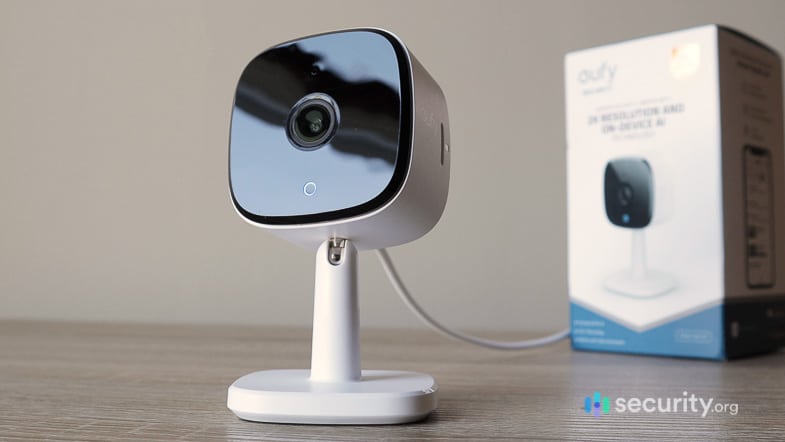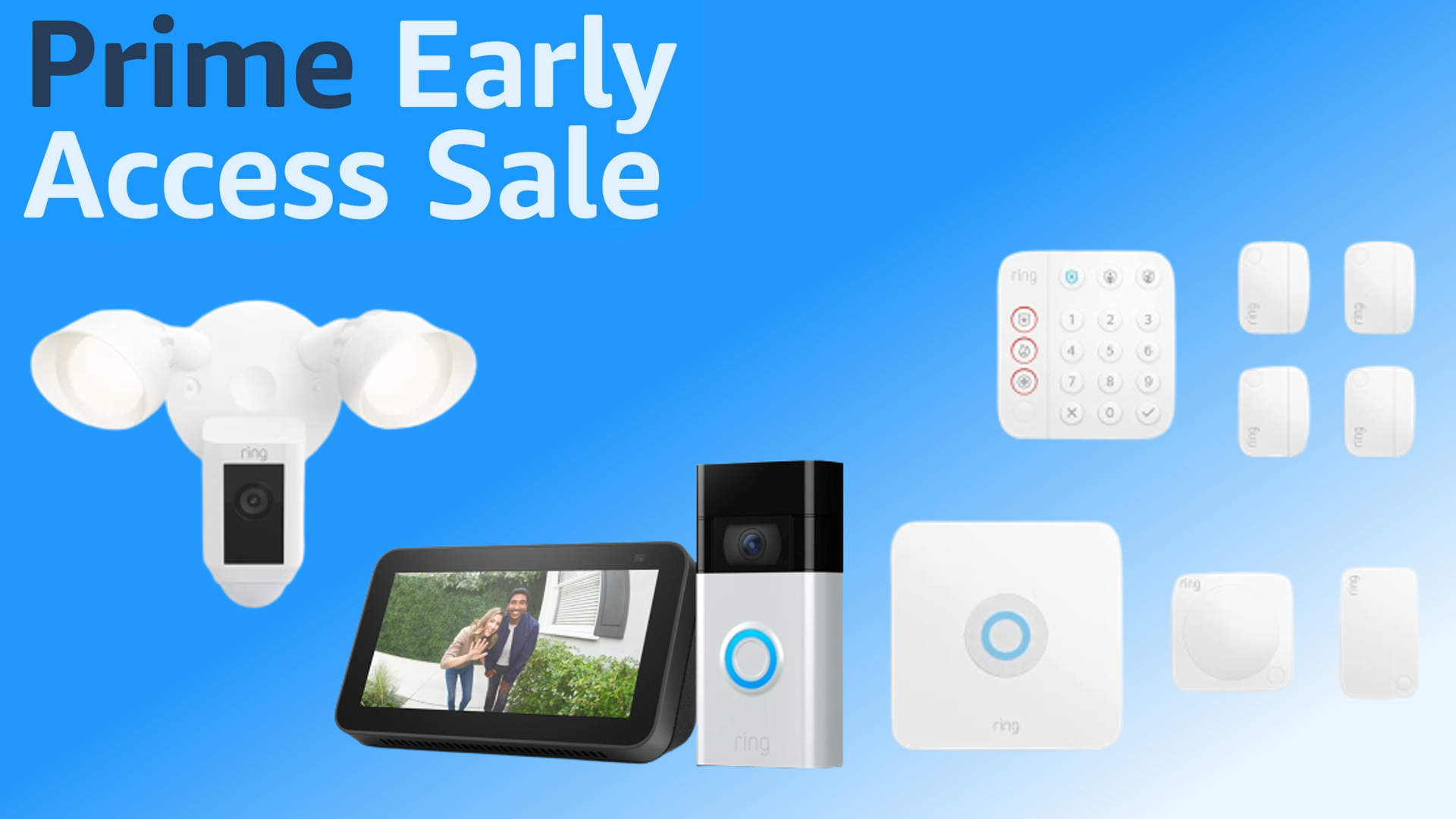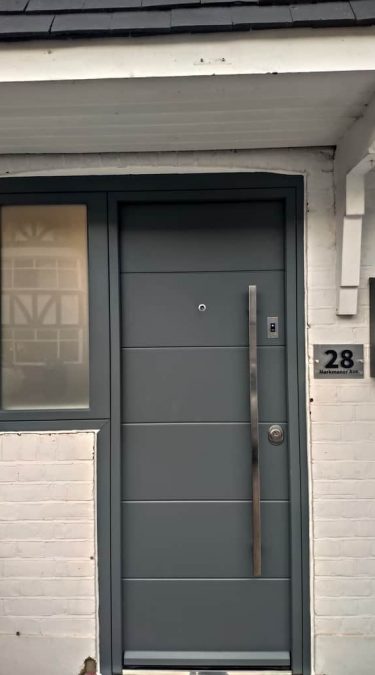
Double door security depends upon the security of both sides. The active side of a door can be opened easily, and the deadbolt on the active door can be removed when pulled open. This security option is great for anyone who has children or is unsure about who can enter their home.
Single-sided deadbolts
Single-sided deadbolts offer homeowners privacy and security. Single-sided deadbolts can't be accessed from the outside of doors, unlike traditional locks that are easy to pick or tamper with. You will need to have either a key or heavy equipment to open the deadbolts and get into your home.
These locks are ideal to use on double-doored doorways. These locks offer additional protection from picks, bumps and jimmy attack and will keep intruders away from your door. If you're away from home for long periods of time, single-sided deadbolts will be easy to reset.

You should consider your security needs and the security of your family when selecting a deadbolt for you home. A single-cylinder deadbolt is the best option if you have children or live in an area that bans deadbolts. However, single-cylinder deadbolts might not work for all doors in your house, such closets or doors with glass panel doors. These doors do not offer the same security as double-sided deadbolts.
Multiple positions for cremone bolt locks on the door
The cremonebol locks the door into its frame. It is composed of two half-spindles. One of them has several holes along its longitudinal length. There are pins or two at each of the ends. The two halves of the spindle form a cylindrical shape with a generally circular cross-section. A turnpiece can allow for operation from either the inside or exterior of the door.
There are many styles and designs of Cremone bolt hardware. While most have a conventional knob or lock cylinder, some feature a specialized cylinder that allows operation from both sides of the door. These locks, while relatively inexpensive, offer only minimal security and should be used in combination only with better locking systems.
Ives flush bolt for double door security
The Ives flushbol should be mounted on the inside face a hollow steel door. Or, you can install it on both the top and bottom edges of a single-leaf door. In both cases, the door's edge will be inaccessible. The bolt comes in four different finishes. Each of these options has its benefits for security.

There are several types of flush bolts available, and many are designed to fit in the top and bottom edge of a door. Once installed, they slide downwards or upwards into the threshold or jamb of a door to secure it. This type bolt is commonly used on double doors.
FAQ
What does it cost to have a great home security system installed?
A good home security system will cost around $2,500. This may seem like a lot of money, but it is actually very cheap compared to the peace of mind you'll gain by having a safe and secure home.
Which is better: home security cameras or home security systems?
Home security cameras are less effective than home surveillance cameras. They can detect sounds and movement in any room, even if there is no one present. On the other hand home security cameras are cheaper than home security systems, and they can easily be mounted on windows and doors.
How can I choose among different home security systems?
You need to think about the potential threats that your area faces. If there is a lot crime in your area, you may want an alarm to sound when someone enters your home. In rural areas where there are fewer burglaries, you might not need as much security.
It is also worth considering whether you are willing and able to pay more for certain features. Some systems have built-in cameras, while others don't. Some systems let you remotely monitor your house, while others require you being physically present to view the footage.
Which Home Security Systems can't be hacked
The definition of hacking will determine the answer to this question. Hacking refers to the unauthorized access of computer systems, networks, or data. Hacking is impossible for most home security systems because they do NOT contain software that can be remotely controlled. They will not permit anyone to enter your house without your permission.
If they are connected to an internet connection, however, certain home security systems may be compromised. These types of systems usually require a password to operate, which means that someone can hack them if he knows the correct password.
Are there any real reasons to have a home alarm system?
Home security systems are essential if you have a home. The possibility of a burglar entering your house at any time is possible. They can take all your valuables, even jewelry and expensive electronics. They can even take everything if your doors are unlocked.
A home security system can protect your home by sending alerts to you when anything happens. You can view the recorded footage and receive alerts from your mobile device when motion is detected.
You can use a DIY camera to replace a costly home security system. These cameras let you see who is at your door and give you notification when they come or go. These devices won't prevent intruders from breaking into the home.
Which security system is best?
The value of your home and possessions will determine the best security system. A basic alarm system is a good option, but it doesn't provide enough protection. You can choose to get a more powerful alarm system with better features such as remote monitoring, access control, and video surveillance.
Statistics
- Most home security companies will charge you around 75% of the remaining term of your contract if you cancel early—and some require 100%.Related questionsWhat type of contract length can I expect from security providers?Home security system cancellation (safewise.com)
- Related questionsHome security systems that are 100% DIY (safewise.com)
- Depending on your insurance, 24/7 professional monitoring may qualify you for as much as 15% off your premium. (safewise.com)
- (In my experience, the discount on my home insurance covered about 25 percent of the subscription of an average plan, but your mileage may vary depending on your location and the size of your home.) (theverge.com)
External Links
How To
How to Install a Home Security System
A home alarm system is a device which monitors your home and alerts when there's an activity. It could include a motion sensor or doorbell camera, smoke detectors, flood alarms, carbon monoxide detectors, burglar alarms, and flood alarms. A home security system is usually composed of one or several sensors (e.g. motion detectors), that send signals when there's movement or sound. The signals are then sent by the sensors to a control center where they are recorded and monitored. If there's a problem such as someone breaking into your house or other suspicious activity, the control panel sends an alert via your phone, tablet computer, voice assistant, or computer. The control panel will notify you immediately so that you can take corrective action.
You must first choose the right kind of sensors for you home in order to install a home alarm system. There are two main types of sensors: passive and active. Passive sensors don't require batteries; they just pick up sounds and vibrations from their surroundings. They include things like doorbells, sirens, and buzzers. Active sensors transmit data using electricity. Examples of such sensors include cameras and motion sensor.
There are many types of sensors on the market today. Each brand has its own pros and disadvantages. For example, some sensors are weatherproof, while others aren't. Some include built-in speakers to allow you hear them even when they are outside. Some work only indoors. Some are basic while others offer advanced features, such as night vision.
After choosing the best sensor type for your property you can choose a manufacturer. This will help you ensure your sensors work well together. There should be many options at your local hardware store.
Once you have selected a brand of sensor, you need to decide the number you wish to buy. Depending upon whether they live alone or in a group, most people begin with one or two sensors. If you are planning to add sensors later on, you may consider purchasing additional sensors.
Next, you'll need to figure out where you want to place your sensors. Do you want them near windows and doors? Or do you prefer having them hidden away? Before you put them anywhere on your property make sure you get permission. They should not be in conflict with any electrical outlets.
Now that you know the exact location of your sensors you will need a connection to your control board. Depending on your setup, you may need to purchase a power adapter or battery pack. Once everything is set up, it's time to start monitoring your property.